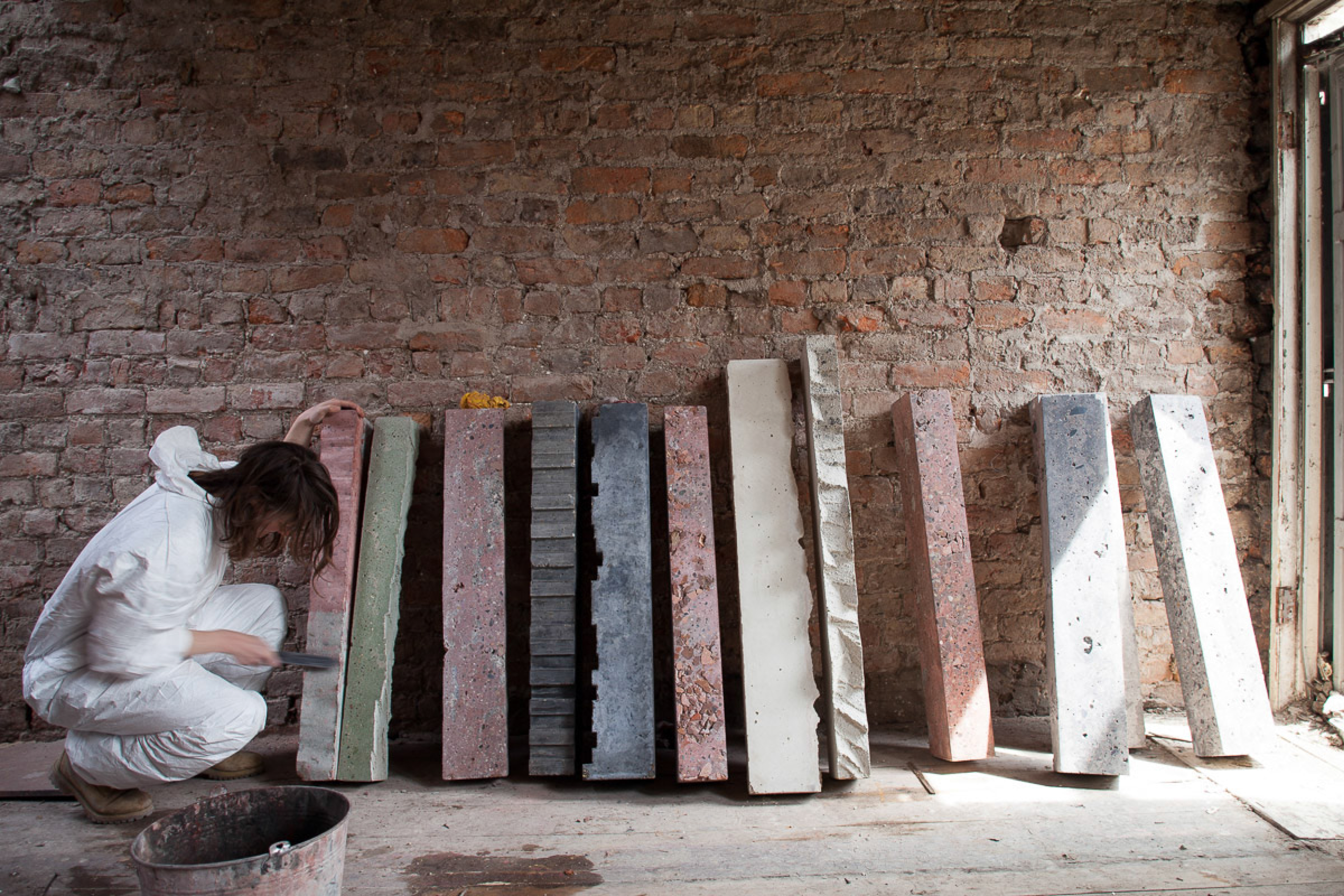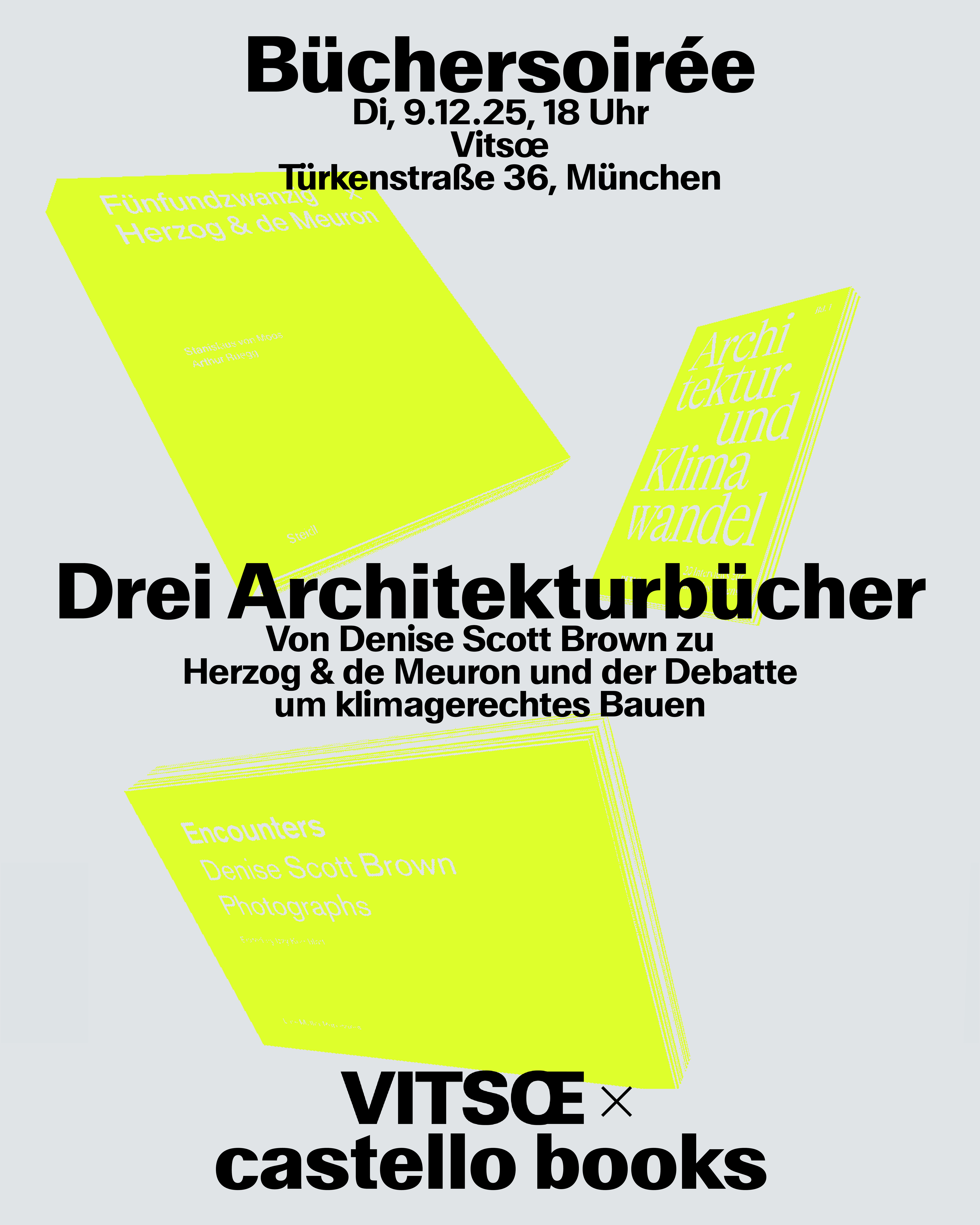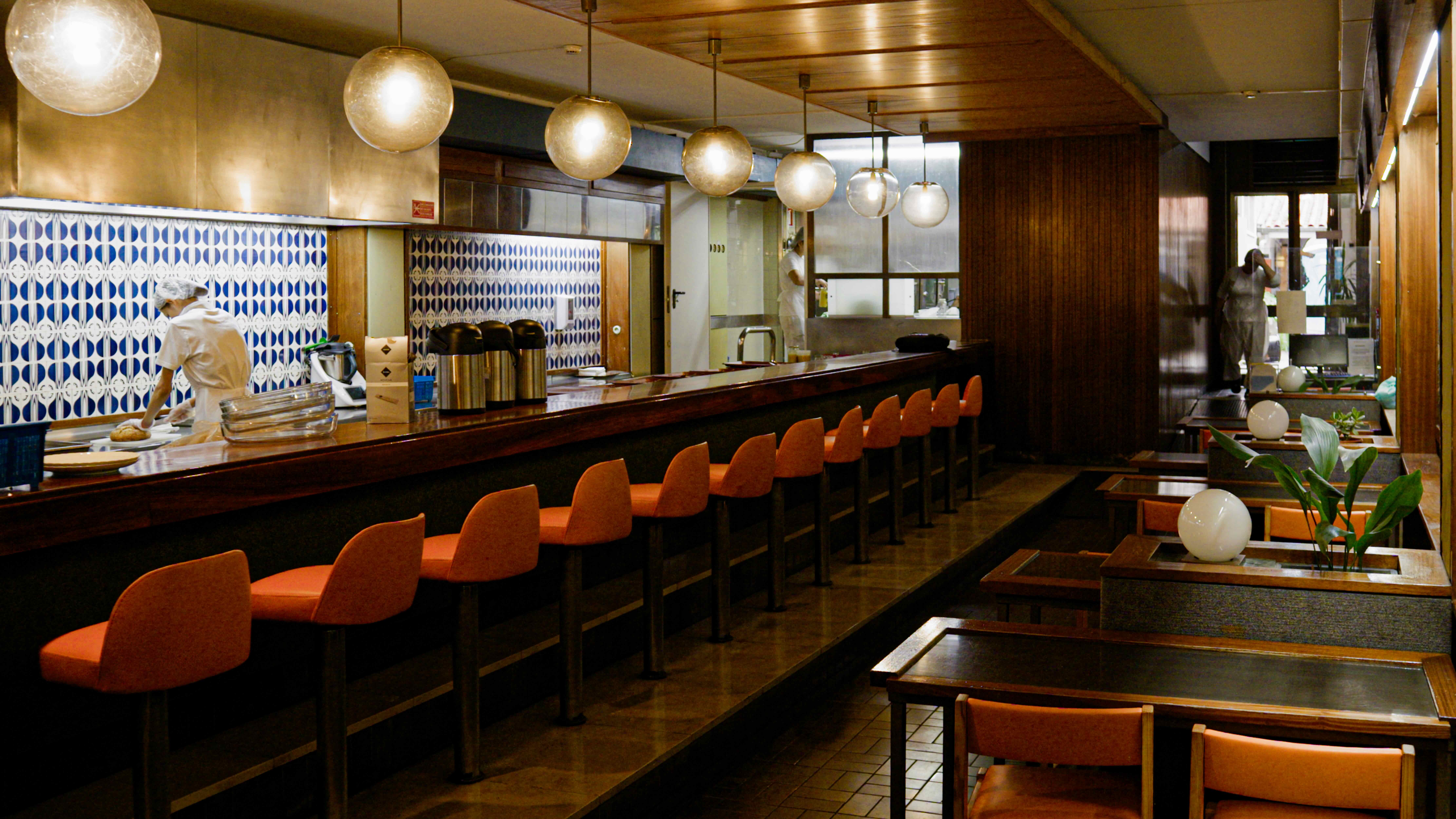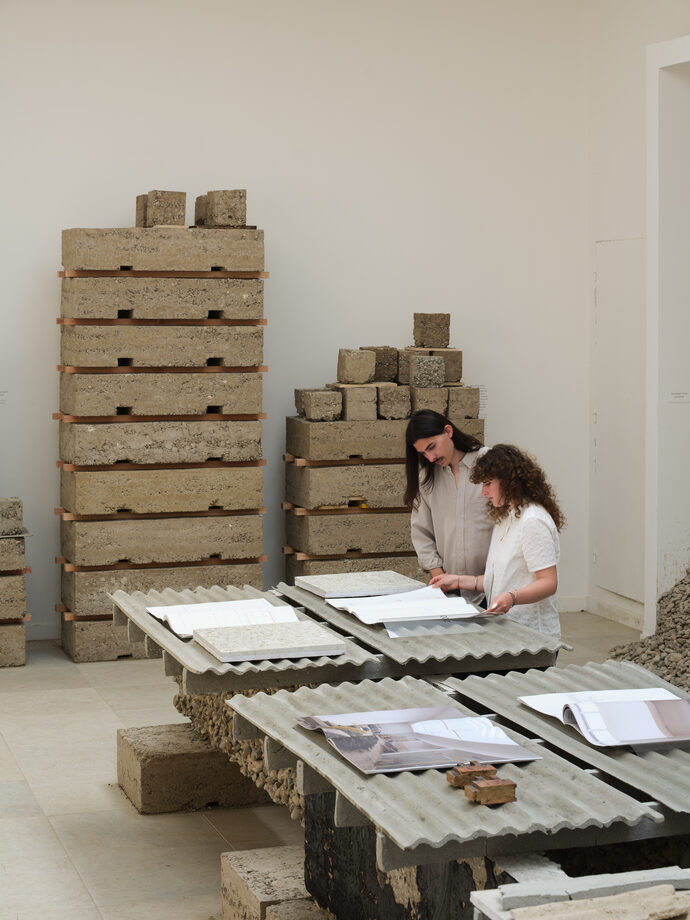Giulio Iacchetti on researching and conquering
For Milan-based designer Giulio Iacchetti, research is a basic tool for thinking beyond the traditional ways of production. Hence, it also becomes a driver of a silent revolution that evolves step by step and affects the design process. For his latest research project, Iacchetti invited 10 designers to each create a 3D-printed pen. The intention of this collaborative play was not only to explore the technological advantages involved in its making, but also to become more aware of the possibilities and borders of a technology that maybe one day can be used by big companies for serial production. In the designer’s studio, during the Salone in Milan, Iacchetti and Alessi presented the results of this research.
DAMN°: What was the starting point of your research on 3D-printed pens?
Giulio Iacchetti: It all began two-and-a-half years ago, when I asked a group of friends and colleagues to design a pen, to be realised in SLA materials using 3D printing. It was an experiment and a play, a sort of social and collaborative project among designers. As time went by, the project lost energy, as sometimes happens when there is no real impetus. So I suggested to Alessi that he push our research by financing it. As Alessi is a big machine for producing products and distributing them internationally, it could also make sense regarding digital production. Alessi agreed, and we continued to develop the Thereproject. We travelled across Italy to become familiar with the protagonists of 3D printing, and discovered that there’s real know-how out there. We met fantastic workers who are at the vanguard in the production of materials for 3D printing.
DAMN°: In which context did you use 3D-printing technology before this project?
GI: All of us have used the technology in various degrees to produce prototypes. I have personally been using it since the 1990s for precise design models. The technology itself is not a novelty. But the novelty of our time is that digital companies have appeared. I already collaborate with Maison 203, which produces jewellery using 3D printing. And perhaps one day, an important analogue company will provide 3D-printed objects as well.
DAMN°: The pens all utilise the same refill, material, and packaging. What is the concept?
GI: We did not want to design pens fancifully, but to give them fundamental aspects in common. The first of these is the standard refill made by Parker, which is very popular. The second is the design, which enhances 3D-printing technology – their design could not be produced using plastic injection moulding, or only at an exaggerated cost. The technology of 3D printing allows one to produce very complex objects, as compared to traditional methods. And clearly, the last aspect is that the dimensions of the pen should allow all of them to be packed together in the same box. That’s why they are a coherent size… not too long and not too thick.
DAMN°: What about the material?
GI: When you see and touch a 3D-printed object, its grain and texture are not very nice. The objects therefore seem unfinished; they often make one think that ordinary plastic would be better. Contrarily, for these pens we found a very nice material made of carbon fibre that bears comparison with ordinary plastic. Our idea was to use the technology to all its advantage and achieve things that were not possible with the previous method. 3D-printing technology has to offer us something more, if not, it would be useless.
DAMN°: What does it offer, in particular?
GI: It’s a question of the printing method. With plastics, one has to avoid undercuts as much as possible, as the objects must turn out of the press. There fore, with traditional methods the form cannot be too complex as that would increase the cost of the mould. But 3D printing allows everything, because the printing of all contours is done simultaneously and there is no mould. It is similar in complexity to the birth of a child: its muscles, bones, and flesh are born at the same time. This is a distinctive trait that we have to accent and to reveal.
DAMN°: What in general is the value of design research, in your eyes?
GI: I am convinced that we have to recover the value of research within our companies. It is not about making products to sell but about opening a cultural context. Research brings revolution inside companies, a silent revolution that evolves step by step. The important thing is to initiate a discussion and to invite the prospect of producing complex things.
DAMN°: What were your experiences in collaborating with other designers in a group?
GI: I am a great believer in this social aspect of design and in discussions with colleagues working on the same topics; it brings the best ideas. This kind of competitiveness, when seeing each other’s projects and trying to make them better but not trying to win the race, is a challenge towards beauty and towards improvement. For me, it is also a way to protest against the individualisation of starchitects and design stars that is very popular today. I am completely against the idea of the lone designer. I prefer to share ideas: I understand design to be a social process.
Text: Sandra Homfeister





